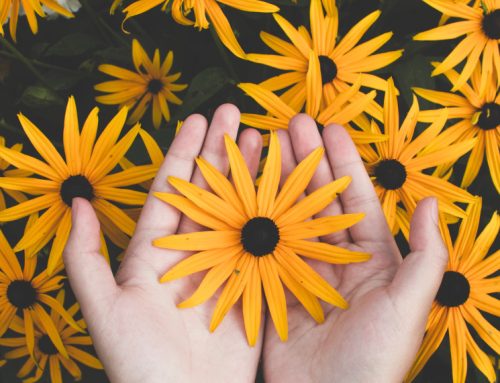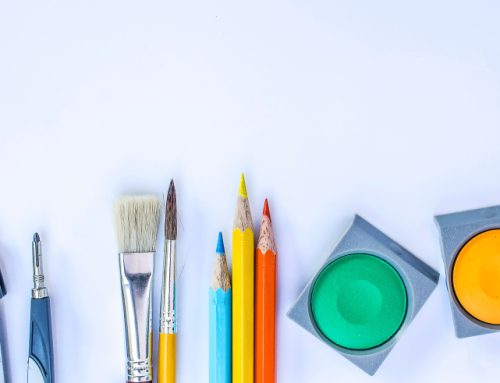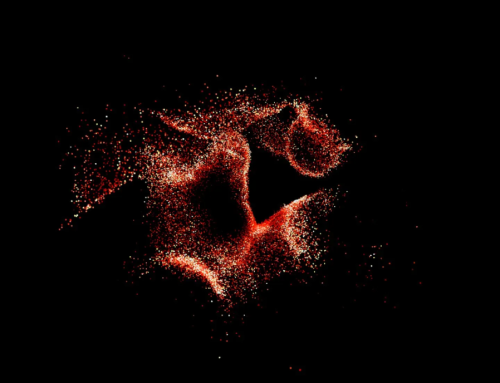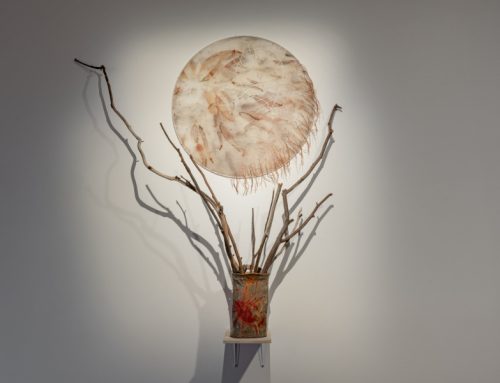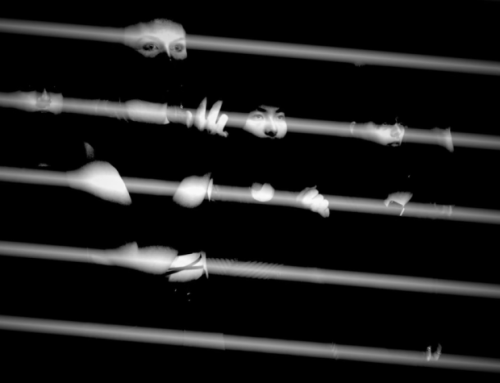Jamee Newland is a qualitative health researcher whose work focuses on the diverse disciplines of global public health, sociology and arts, and how they intersect with each other. She brings community-based, participatory arts to the forefront in research, and explores how such methods can open the way to crucial learning, engagement and understanding. In this article, Jamee talks about her most recent projects with communities in Indonesia.
Community-based, participatory arts and health in Indonesia – from sexual and gender-based violence to climate change and sexual, reproductive and maternal health
Dr Jamee Newland is a Research Fellow in the Global Health Equity and Justice Research Group at the Kirby Institute, UNSW – a research group whose work focuses on human rights, health humanities, and health equity and justice. Her current research explores sexual, reproductive and maternal health, gender and sexuality, and the intersection of climate change and health. Across these broad research areas, Jamee is an advocate for the use of the arts as an important research method and approach to understand the complex and intersectional cultural contexts of health. For her work with arts and health, Jamee has been awarded the Singapore International Foundation’s Arts for Good Fellowship and is an Australian Human Rights Associate, UNSW.
Below, Jamee talks through some of the community projects, research and artworks that were developed during her time in Indonesia, and what more is to come in 2023.
The Klinik Gallery Project
I was based in Indonesia from 2017 to 2020. During this time the Planet Wheeler Founded funded a project entitled the Klinik Gallery Project, which was a community-based arts and health project established in Yogyakarta, Indonesia to explore the impact of the co-location of arts and sexual health to increase patronage, and accessible sexual and reproductive services and information. Located in a local sexual health NGO, the project involved five individual exhibitions exploring a wide range of sexual health themes. Each exhibition was produced and curated by local community members and artist networks. All exhibitions were exhibited at a purpose-built gallery at the NGO, where they were open to the general public for 30 days and had an opening event which included guest speakers and public discussion.
In total, 85 artists curated five separate art exhibitions that were visited by 1181 people – of which almost two-thirds were under the age of 24 years and almost one in two reported that their visit to the gallery exhibition was the first time they had attended the NGO. Key findings from across the exhibition included: art spaces are important for learning and awareness; the use of arts was participatory and interactive in engaging community in sexual health services and information; arts-based approaches create safe spaces for sensitive topics that may otherwise be silenced; the co-location of art with a clinic creates curiosity in accessing sexual health services; and the arts can challenge cultural norms and develop shared understanding, which can lead to an enabling environment to reduce sexual health stigma and discrimination. For more information about the project method and our first study publication, see “Co-locating art and health: engaging civil society to create an enabling environment to respond to HIV in Indonesia”.
Using community-based art to explore sexual and gender-based violence
Sexual and gender-based violence is a significant public health issue globally and a critical topic that featured prominently in the works produced and exhibited as part of the Klinik Gallery Project. It was also a theme that many spoke of being silenced in everyday life in Indonesia, and an important issue in society that needed to be addressed. The Klinik Gallery Project was reported to create a safe space in which to exhibit art exploring sexual and gender-based violence and for the community and audience to engage in discussion that many described as never happening before. The use of community-based arts to explore sexual and gender-based violence was also a novel way to engage policy makers in Indonesia with the project and its findings – with a seminar being presented to Komnas Perempuan, the Women’s Violence Commission.
Our published findings from the project to date have typically focused on the audience experience, so here I will take the opportunity to flip that focus and to describe the artists motivations and stories behind their work exploring sexual and gender-based violence.
Women Power

“Woman Power” by Anagard
Anagard created a stencil art on canvas entitled “woman power” to explore stigma and discrimination through resistance and activism of gender-based violence. Using Indonesian mythology in his work – the head of a naked woman on top of a colourful peacock – Anagard explained that this image was a metaphor for freedom of voice in Indonesia, and one he describes as ‘promoting a culture of pluralism’. He also directs the audience to look at the explicit hand symbols, which are depicted with the words ‘no violence’ – a message of the need to stop violence. Using religious imagery contrasted against peace symbols, Anagard wanted to represent the silencing of gender-based violence from a dominant voice. He also draws your attention to the black bag, which he says is a visual representation of “the dowry [and how women] become an object of men … When a woman becomes an object, she will be exploited, so I emphasize the idea of why I make my work point to the impact of ‘stop discrimination against women’”. Anagard explained that his initial concept was made when thinking about his mother and how he wanted to present a story about “women power, [portraying] the woman as strong”. Anagard believed that his art can be used to “open up new knowledge … Stop intolerance, stop discrimination, stop stigma”.

 Kami Ba Tu
Kami Ba Tu
Ayu Permata Dance company produced and performed Kami Bu Ta, a title which literally translates to “we are blind” – a symbolic title explained by the producer as necessary because in Indonesia “we do not see the violence and abuse happening to women around us”. The performance focuses on the experiences of victims of sexual violence and has translated this experience using dance, shadow puppets, photography, lighting and music to create a non-verbal narrative representing the physical and psychological impact of sexual violence. The producers described this performance as a representation of the process that victims struggle through, one of re-living a painful experience and the denial and feelings of being psychologically trapped before you can be a survivor; a survivor who dares to speak up and move on from the life as a victim. Responding to audience questions about the performance conveying only problems, with no solutions, the producers described feeling strongly that the “solution was to the audience itself. By watching and engaging with the performance, the audience can experience emotions and feelings from every survivor and instance of sexual violence”. That the performance was about “understanding or emotional connection to the art … as human beings we have feelings of compassion, care for each other and are concerned”. The performance also aimed to create a space to “start a discussion, a discussion that makes the survivor visible and to highlight the impacts of this violence and to create a support movement to stop sexual violence”.
Climate change and sexual, reproductive and maternal health project (2023)

Climate Crysis, Yogyakarta Indonesia (2023) by Pangestumu
After a long absence due to COVID-19, I am back in Indonesia. The Kirby Institute, UNSW, in partnership with PKBI DIY (the Indonesian Family Planning Association) and the Universitas of Gadjah Mada, are currently working on an arts and health project exploring the impact of climate change on sexual, reproductive and maternal health (SRMH). Building on the pilot work of the Klinik Gallery Project, we are using the traditional Indonesian art of Wayang Kulit (Indonesian Puppetry) as a form of storytelling with women to explore women’s needs, experiences, barriers and dreams, and to develop these stories into a Wayang Kulit performance. We are also working with street artists who will create murals in the community. Even before the project has started, the street artists have been busy, creating murals and installations about climate change across the city – so we can’t wait to see what is produced as part of the new project, which will be exhibited in Yogyakarta in July 2023.
If you would like more information about these projects, or would like to receive a web-link for the upcoming climate change and SRMH Wayang Kulit performance, please contact me on j.newland@unsw.edu.au


 Kami Ba Tu
Kami Ba Tu